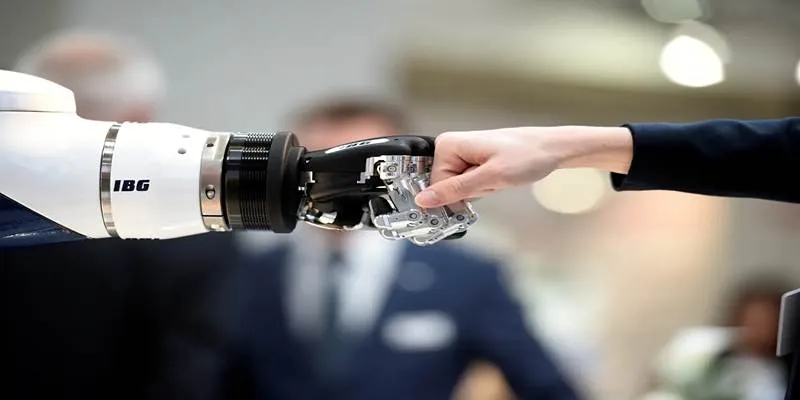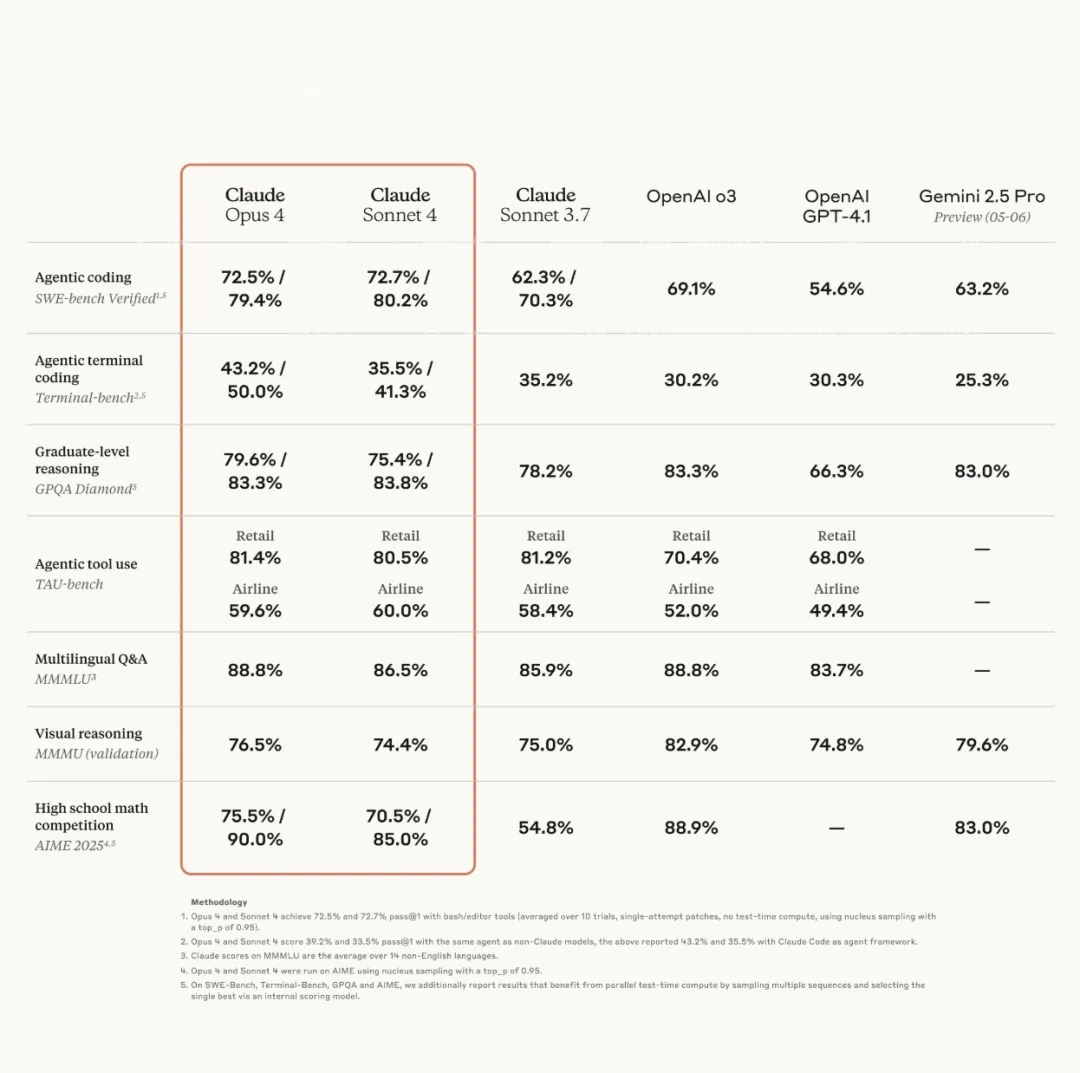
Let’s face it—sinus infections are awful. The pressure, the headaches, the feeling like your entire face has been stuffed with cotton. You try sprays, rinses, prescriptions—some of them help, most of them don’t. And even when they do, it doesn’t last. But now, a team of researchers has come up with something that feels straight out of science fiction: tiny robots designed to navigate the sinuses and clear infections from the inside out. Yes, really.
These micro-sized bots might be small enough to fit inside your nose, but they’re bringing some big changes to how we approach sinus health.
What Are These Tiny Robots?
Think of them as miniature cleaning crews. Built using magnetic materials and guided by external magnets, these micro-robots are designed to move through the maze-like passages of your sinuses with incredible precision. We’re talking about something smaller than a grain of rice, yet smart enough—thanks to external magnetic control systems—to reach stubborn, inflamed areas that medicine often can’t.
They’re not operating on their own like sci-fi androids; instead, doctors or technicians can direct their movements with magnetized fields, pushing them exactly where they need to go. And what do they do when they get there? Deliver medicine directly to the problem spot. They can also break up biofilms—those sticky, slimy layers of bacteria that protect infection sites and make antibiotics less effective.
What’s especially interesting is how adaptable these bots are. Made from soft, biocompatible materials like hydrogel composites, they’re flexible enough to move through delicate tissue without causing damage. Some versions are even outfitted with tiny sensors, allowing real-time feedback during their movement. This added layer of control not only improves precision but also reduces the chance of irritation or unintended contact with surrounding tissue. It’s not just a smarter way to deliver treatment. It’s a completely different kind of precision.
The Problem With Traditional Treatments
Sinus infections, especially the chronic kind, are notoriously tricky. Most of the current methods rely on either pills, sprays, or surgical intervention. And while those can work in some cases, they all have drawbacks.

Oral antibiotics travel through the entire body, which can affect your gut health, immune system, and sometimes leave you with more side effects than relief. Sprays and rinses can’t always reach the deep pockets of the sinuses, especially if inflammation has narrowed the passages. Surgeries are invasive, carry risks, and aren’t guaranteed to prevent recurrence.
Now add to that the problem of biofilms. These are stubborn bacterial colonies that act like fortresses, protecting themselves from antibiotics and immune responses. Even after treatment, they can remain stuck to the sinus walls, ready to start another round of infection the moment conditions are right.
The robots? They skip the detour and go straight to the source. No more hoping medicine finds its way through a maze of inflammation. These bots are guided there directly.
How the Robots Work: Step-by-Step
This might sound like something you’d only find in a high-tech lab, but the science behind it is actually pretty logical. Here’s a breakdown of how the process works:
Step 1: Insertion
The micro-robots are placed into the nasal cavity via a simple solution, usually a saline suspension. No surgery, no sedation, just a gentle application using tools not unlike a nasal spray.
Step 2: Magnetic Guidance
Once inside, external magnets (placed around the head or face) are used to steer the bots. These fields can be adjusted in real time, helping guide the robots through narrow or twisted sinus channels with high accuracy.
Step 3: Targeted Delivery
As the bots move into inflamed or infected areas, they begin to release their cargo. This could be antibiotics, anti-inflammatories, or specialized enzymes that break down biofilms. Because the medicine is placed exactly where it’s needed, smaller doses can be used, reducing the risk of side effects elsewhere in the body.
Step 4: Natural Clearance
After the robots have done their job, they’re either flushed out naturally through mucus drainage or removed via a simple rinse. Because they’re made with biocompatible materials, any trace amounts that linger pose no harm.
Where the Research Stands Now
These robotic systems are still under testing, but early trials have been extremely promising. In lab settings and animal models, they’ve shown the ability to reach spots that standard treatments couldn’t. They’ve also cleared infections more effectively, especially when dealing with persistent biofilms that would otherwise resist antibiotics.
Researchers are now working on refining the size and shape of the bots, improving how they interact with magnetic fields in complex sinus pathways, and running safety trials to ensure that they can be used repeatedly without causing irritation or damage to sinus tissues. These efforts also include testing how well the robots perform across different anatomical variations, since sinus structures can differ significantly from person to person. Engineers are even exploring biodegradable materials for models that wouldn’t need to be removed manually.
The best part? Because they deliver such small, focused doses, there’s potential to reduce the use of antibiotics overall, helping curb resistance issues that have become a growing concern worldwide.
Wrapping Up!
You probably won’t find these robots in your local pharmacy tomorrow, but we’re not far off. Human trials are expected to begin soon, and if results hold up, these tiny nose bots could be part of ENT treatment in the next few years. Hospitals and clinics may adopt them first for hard-to-treat cases, especially those involving chronic sinusitis that hasn’t responded to drugs or surgery. Over time, they could even be adapted for home use under supervision, bringing a whole new meaning to personal healthcare.
And while the focus right now is sinus infections, the same principle could be used in other tight spaces in the body—places where standard treatments just can’t reach effectively.
 zfn9
zfn9











